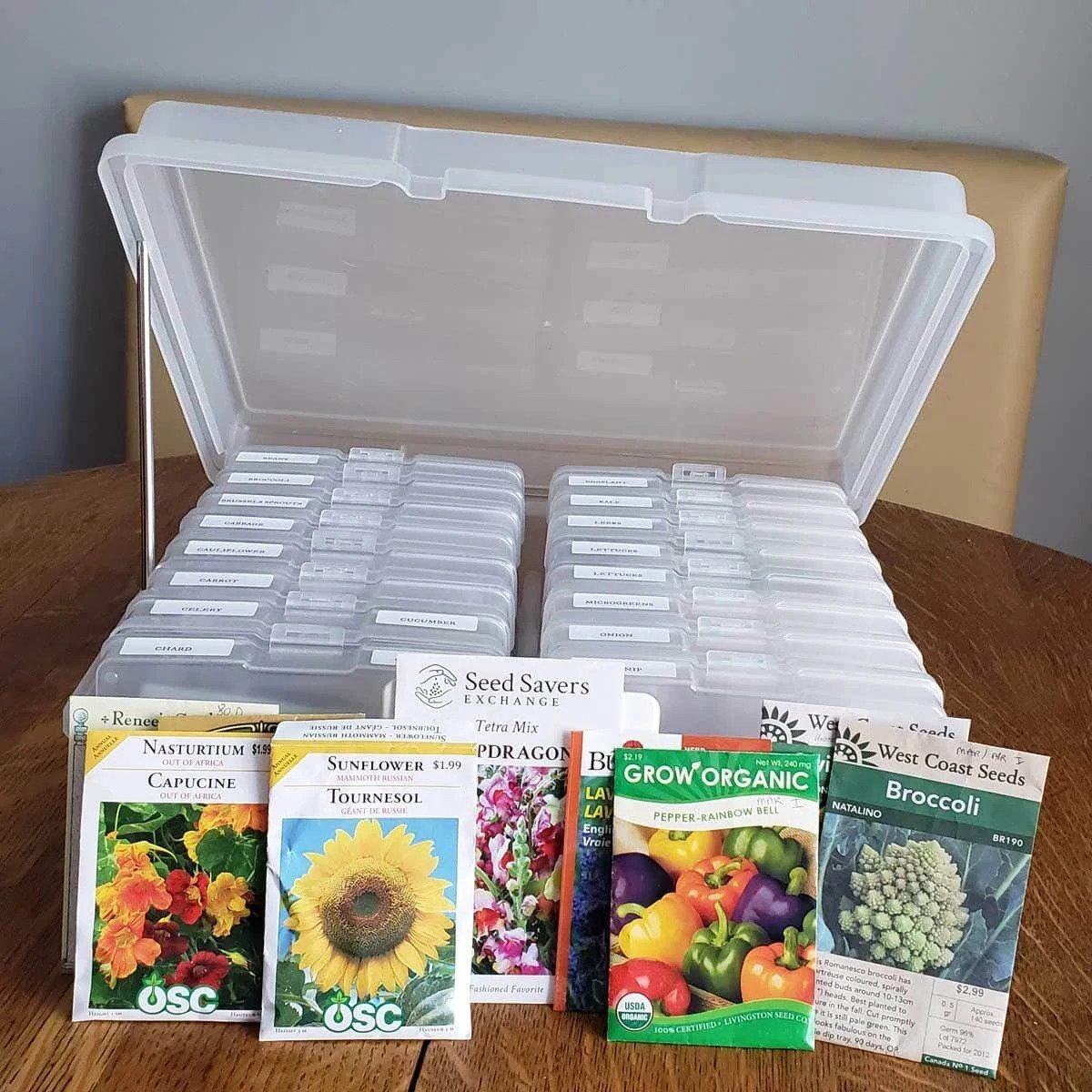

Articles
How To Store Seed Packets
Modified: October 20, 2024
Looking for articles on how to store seed packets? Read our expert tips and tricks to keep your seeds fresh and organized for future planting.
(Many of the links in this article redirect to a specific reviewed product. Your purchase of these products through affiliate links helps to generate commission for Storables.com, at no extra cost. Learn more)
Introduction
Properly storing seed packets is essential for maintaining their quality and viability over time. Whether you are a dedicated gardener or simply love the idea of growing your own plants, knowing how to store seed packets correctly will ensure that you can sow healthy and productive plants season after season.
Seed packets contain valuable genetic material that is essential for ensuring successful germination and growth. However, factors such as temperature, moisture, and exposure to light can all impact the viability of seeds. To prevent the loss of these precious resources, it is crucial to store seed packets in the optimal conditions.
In this article, we will explore the importance of proper seed packet storage and share some valuable tips and best practices to help you maintain the viability of your seeds for years to come. So let’s dive in and discover the secrets of successful seed packet storage!
Key Takeaways:
- Properly storing seed packets is crucial for maintaining seed viability, preserving quality, and facilitating effective planning. By considering factors like temperature, humidity, and light, you can ensure a higher germination rate and a more productive garden.
- Organizing seed packets, choosing suitable storage containers, and implementing best practices are essential for maintaining seed viability. Addressing potential storage issues promptly and monitoring your seed collection will help ensure successful germination and healthy plant growth.
Read more: How To Fold Seed Packet
Importance of Proper Seed Packet Storage
Proper seed packet storage is crucial for several reasons. Firstly, it helps to prolong the viability of the seeds. Seeds are living organisms with a limited shelf life. Without proper storage, they can lose their ability to germinate efficiently, resulting in failed or weak growth.
By maintaining the ideal storage conditions, you can extend the lifespan of your seeds and ensure a higher success rate when it comes to germination. This is especially important for heirloom or rare seeds that may not be easily replaceable.
Secondly, proper storage helps to protect the seeds from environmental factors that can negatively impact their quality. Exposure to heat, moisture, and light can lead to seed deterioration and spoilage. By providing the right storage conditions, you can shield the seeds from these harmful elements and preserve their quality.
Furthermore, organizing and storing seed packets properly allows for easy access and reduces the chances of misplacing or losing them. This can save you both time and money, as you won’t need to repurchase seeds that have been misplaced or damaged due to improper storage.
Lastly, proper seed packet storage enables you to plan and prepare for future gardening seasons. By keeping track of the seeds you have and their expiration dates, you can make informed decisions about what to plant and when. This ensures that you make the most of your seed collection and maximize your gardening efforts.
In summary, proper seed packet storage is essential for maintaining seed viability, preserving seed quality, preventing loss, and facilitating effective planning. Taking the time to store your seed packets correctly will significantly increase your chances of successful germination and ensure that you have a ready supply of healthy seeds for all your gardening endeavors.
Factors to Consider Before Storing Seed Packets
Before you store your seed packets, there are several important factors to consider. These factors will help determine the optimal storage conditions for your seeds, ensuring their longevity and viability. Let’s take a look at each of these factors:
- Temperature: Seeds are sensitive to temperature fluctuations. Extreme heat or cold can damage their viability. It is essential to store seed packets in a cool and stable temperature environment. A temperature range of 40 to 50 degrees Fahrenheit (4 to 10 degrees Celsius) is recommended for most seeds.
- Humidity: Moisture can cause seed deterioration and mold growth. The ideal humidity level for seed storage is between 30% and 50%. It is important to keep the seeds dry by storing them in airtight containers or using desiccant packets to absorb excess moisture.
- Light: Exposure to light can trigger premature germination in some seeds. To prevent this, store seeds in opaque containers or envelopes that block out light. Keep seed packets away from direct sunlight or fluorescent lighting.
- Air Circulation: Proper air circulation is crucial to prevent the buildup of excess moisture and to maintain a healthy storage environment. However, avoid storing seed packets in areas with high humidity or near sources of moisture.
- Duration of Storage: Different seeds have varying lifespans. Before storing your seed packets, check the expiration date on the packet. Some seeds, like tomatoes or peppers, may lose viability after a year, while others, such as beans or lettuce, can remain viable for several years. Plan your seed storage accordingly, and prioritize using older seeds first.
By considering these factors, you can create an ideal storage environment for your seed packets. Remember to check the specific requirements for each type of seed, as some plants may have unique storing needs. Taking the time to understand and implement these factors will help ensure the long-term viability and success of your seeds.
Suitable Storage Containers for Seed Packets
Choosing the right storage containers for your seed packets is essential for maintaining their quality and viability. The containers should provide a protective environment that shields the seeds from light, moisture, and temperature fluctuations. Here are some suitable storage containers for seed packets:
- Seed Envelopes: Seed envelopes are a popular choice for storing seed packets. These envelopes are usually made of paper or plastic and come in various sizes. They are affordable, lightweight, and allow for easy organization. Opt for envelopes that are opaque or have a light-blocking layer to protect the seeds from light exposure.
- Airtight Containers: Airtight containers, such as glass jars or plastic containers with tight-fitting lids, are excellent for seed storage. They provide protection against air, moisture, and pests. Make sure the containers are clean and dry before placing the seed packets inside. You can also add desiccant packets to absorb any excess moisture.
- Plastic Ziplock Bags: Plastic ziplock bags are a convenient option for storing seed packets. They are lightweight, sealable, and allow for easy visibility of the contents. Choose high-quality bags that are thick and durable, and ensure that they are completely sealed to prevent moisture from entering.
- Seed Storage Boxes: Seed storage boxes are specifically designed for organizing and storing seed packets. These boxes often come with dividers or compartments, allowing you to categorize and arrange your seeds. Look for boxes made of moisture-resistant materials and with tight seals to maintain optimal conditions.
- Vacuum Seal Bags: Vacuum seal bags are an efficient option for long-term seed storage. These bags remove air and create a vacuum, preventing oxygen and moisture from reaching the seeds. Vacuum-sealed bags can be stored in a cool, dark place, ensuring the seeds remain in an optimal environment.
When selecting a storage container, consider the size and quantity of your seed collection. Choose containers that provide enough space for proper organization and allow easy access to individual seed packets.
Remember to label each container with the seed variety and the date of storage. This will help you keep track of the seeds and their viability over time.
By utilizing suitable storage containers, you can protect your seed packets from environmental factors and ensure that they remain viable for future use.
Store seed packets in a cool, dry place away from direct sunlight and moisture. Airtight containers or resealable plastic bags can help keep them fresh. Be sure to label and date the packets for easy identification.
Tips for Organizing Seed Packets
Organizing your seed packets is crucial for easy access, efficient planning, and optimal seed management. By following these tips, you can keep your seed collection well-organized and easily searchable:
- Label your seed packets: Clearly label each seed packet with the plant variety, date of purchase or collection, and any other relevant information. This will help you easily identify and locate seeds when needed.
- Sort by plant type or season: Categorize your seed packets based on plant type (vegetables, flowers, herbs) or the season in which they are best planted (spring, summer, fall). This will help you quickly find the seeds you need when planning your garden.
- Use a seed organizing system: Consider using a seed organizing system such as seed organizers or index card boxes. These systems provide compartments or file slots for different seed packets, allowing for easy sorting and retrieval.
- Create a seed inventory: Keep a record of the seeds you have, including the quantity, expiration date, and any additional notes. This will help you track the lifespan of your seeds and avoid purchasing duplicates unnecessarily.
- Arrange seeds alphabetically: If you have a large seed collection, alphabetize your seed packets within each category. This will make it easier to find specific seeds when needed.
- Store similar seeds together: Group seed packets of similar plants or varieties together. For example, store all tomato seeds in one section, all lettuce seeds in another, and so on. This will further streamline your search process.
- Use dividers or tabs: If using a seed organizer or box, consider using dividers or tabs to separate different plant types or seasons. This will provide visual organization and make it easier to locate specific seed packets.
- Regularly review and remove old seeds: Periodically check the expiration dates on your seed packets and remove any that have expired. This will ensure that you’re working with viable and healthy seeds for optimal germination.
- Keep your seed organization system in a consistent location: Designate a specific spot for storing your seed packets and stick to it. This will prevent misplacement and make it easier to find your seeds when it’s time to plant.
By implementing these tips, you’ll have a well-organized and easily accessible seed collection, ensuring a smoother and more efficient gardening experience.
Read more: How Many Grams In A Seed Packet
Best Practices for Maintaining Seed Viability
Maintaining the viability of your seeds is essential for successful germination and healthy plant growth. By following these best practices, you can optimize the lifespan and quality of your seeds:
- Properly store seeds: Store your seed packets in a cool, dark, and dry environment. Ensure that the temperature and humidity levels are within the recommended range for each type of seed.
- Keep seeds in their original packets: Unless you’re using a specific seed storage system, keep the seeds in their original packets. These packets are designed to protect the seeds from moisture and light.
- Avoid exposing seeds to extreme temperatures: Keep seeds away from direct sunlight, heat sources, or freezing temperatures. Extreme temperatures can damage the genetic material of the seeds, reducing their viability.
- Regularly check for moisture: Moisture can lead to seed deterioration and mold growth. Check your seed storage containers regularly for any signs of moisture or condensation. If moisture is detected, dry the container and add a desiccant packet to absorb excess moisture.
- Rotate your seed collection: Use older seeds before newer ones to ensure they are utilized while still viable. Label your seed packets with the date of purchase or collection to help you keep track and rotate them accordingly.
- Perform a germination test: If you have seeds that are close to their expiration date or are unsure about their viability, conduct a germination test. Place a few seeds on a damp paper towel and keep it in a warm and dark place. After a designated period, check how many seeds germinate. This will give you an idea of the seed’s viability and help you decide whether to use or replace them.
- Avoid cross-contamination: When handling different seed packets, be cautious not to mix the seeds. Cross-contamination can result in hybridization or the spread of diseases among different plant varieties.
- Keep a seed-saving journal: Keep a journal to record your gardening experiences, including specific seed varieties, planting dates, germination rates, and any other relevant observations. This will help you track the success and performance of different seeds over time.
- Rotate seed sources: To maintain a diverse and healthy seed collection, consider sourcing your seeds from different suppliers or swapping seeds with other gardeners. This helps prevent reliance on a single source and ensures genetic diversity in your garden.
By following these best practices, you can significantly improve the viability and success of your seeds. With proper storage, care, and monitoring, you will be able to enjoy bountiful harvests and beautiful gardens for years to come.
Potential Storage Issues and How to Address Them
While proper seed packet storage is vital, there are potential issues that can arise even with the best practices in place. Understanding these issues and knowing how to address them will help you maintain the viability of your seeds. Here are some common storage issues and how to tackle them:
- Mold or fungal growth: Excess moisture can lead to mold or fungal growth on your seed packets. To address this issue, ensure that your seed storage containers are dry and well-ventilated. Consider using desiccant packets or silica gel packs to absorb moisture and prevent fungal growth. Additionally, periodically check your seed packets for any signs of mold or fungal growth and discard affected seeds.
- Pest infestation: Insects and pests can infiltrate your seed storage containers and cause damage to the seeds. To prevent pest infestation, make sure your storage containers are airtight and free from any existing pests. You can also consider using natural pest deterrents such as bay leaves or cloves in your seed storage area.
- Seeds losing vitality: Even with proper storage, seeds naturally lose viability over time. To address this issue, rotate your seed collection by using older seeds first and regularly perform germination tests to assess seed viability. If you notice that certain seeds consistently have low germination rates, it may be time to replace them with fresh seeds.
- Incorrect labeling: Poorly labeled or unlabeled seed packets can lead to confusion and make it challenging to keep track of your seed collection. To address this issue, ensure that each seed packet is clearly labeled with the plant variety and any relevant information. Regularly review and update your labeling system to avoid confusion and misidentification.
- Improper temperature or humidity: Fluctuations in temperature or humidity levels can impact seed viability. If you notice that your seed storage area is exposed to extreme temperatures or excessive humidity, relocate the seeds to a more suitable environment. Consider investing in a temperature and humidity monitor to closely monitor the conditions and make necessary adjustments.
- Storage space limitations: Limited storage space can make organizing and maintaining a seed collection challenging. If space is an issue, consider decluttering and removing expired seeds or transferring them to a secondary storage location. Maximize your available space by utilizing efficient storage solutions such as seed organizers, lidded bins, or vertical storage systems.
By addressing these potential storage issues promptly, you can mitigate any negative impacts on seed viability and ensure that your seeds remain in optimal condition for successful germination and growth.
Conclusion
Properly storing seed packets is essential for maintaining the viability and quality of the seeds. By considering factors such as temperature, humidity, light, and air circulation, you can provide the optimal storage conditions for your seeds. Choosing suitable storage containers, organizing your seed packets, and regularly reviewing and rotating your seed collection are all key practices for successful seed storage.
Maintaining seed viability is crucial for a successful gardening experience. By properly storing your seeds, you can ensure a higher germination rate, healthier plant growth, and a more productive garden. It also allows you to preserve rare or heirloom seeds and take full advantage of your seed collection.
Addressing potential storage issues such as mold, pest infestation, loss of vitality, incorrect labeling, and improper temperature or humidity is essential for avoiding any detrimental effects on your seeds. Regularly checking and monitoring your stored seeds will help you identify and resolve these issues promptly.
Remember to keep a seed-saving journal, perform germination tests, and rotate your seed sources to maintain a diverse and thriving seed collection. By implementing these best practices, you can ensure that your seed packets remain viable for years to come and enjoy the rewards of a successful and abundant garden.
So, take the time to organize your seed packets, create an optimal storage environment, and follow the best practices outlined in this article. Your future gardening endeavors will thank you for the care and attention you give to properly storing your valuable seed packets.
Frequently Asked Questions about How To Store Seed Packets
Was this page helpful?
At Storables.com, we guarantee accurate and reliable information. Our content, validated by Expert Board Contributors, is crafted following stringent Editorial Policies. We're committed to providing you with well-researched, expert-backed insights for all your informational needs.
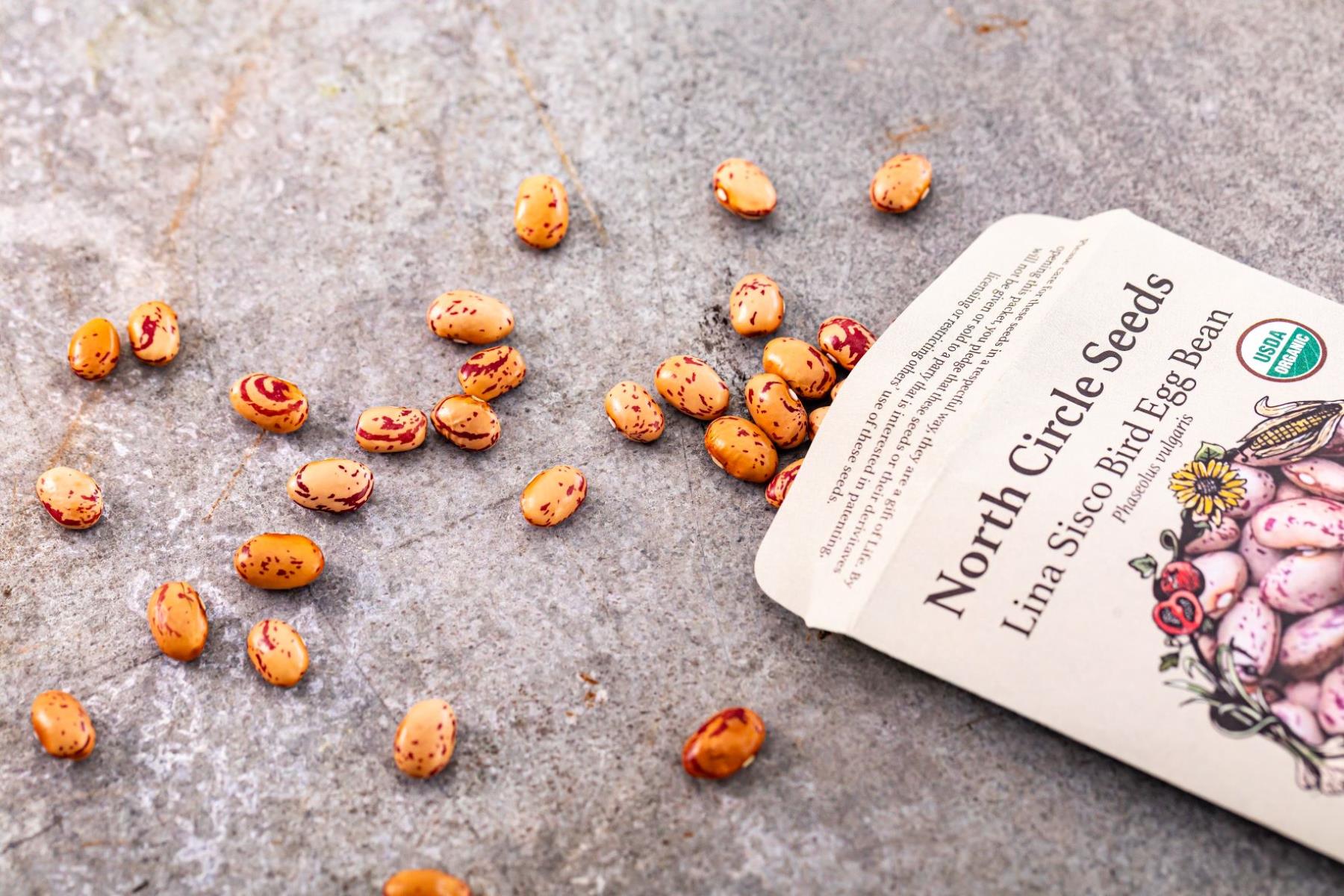
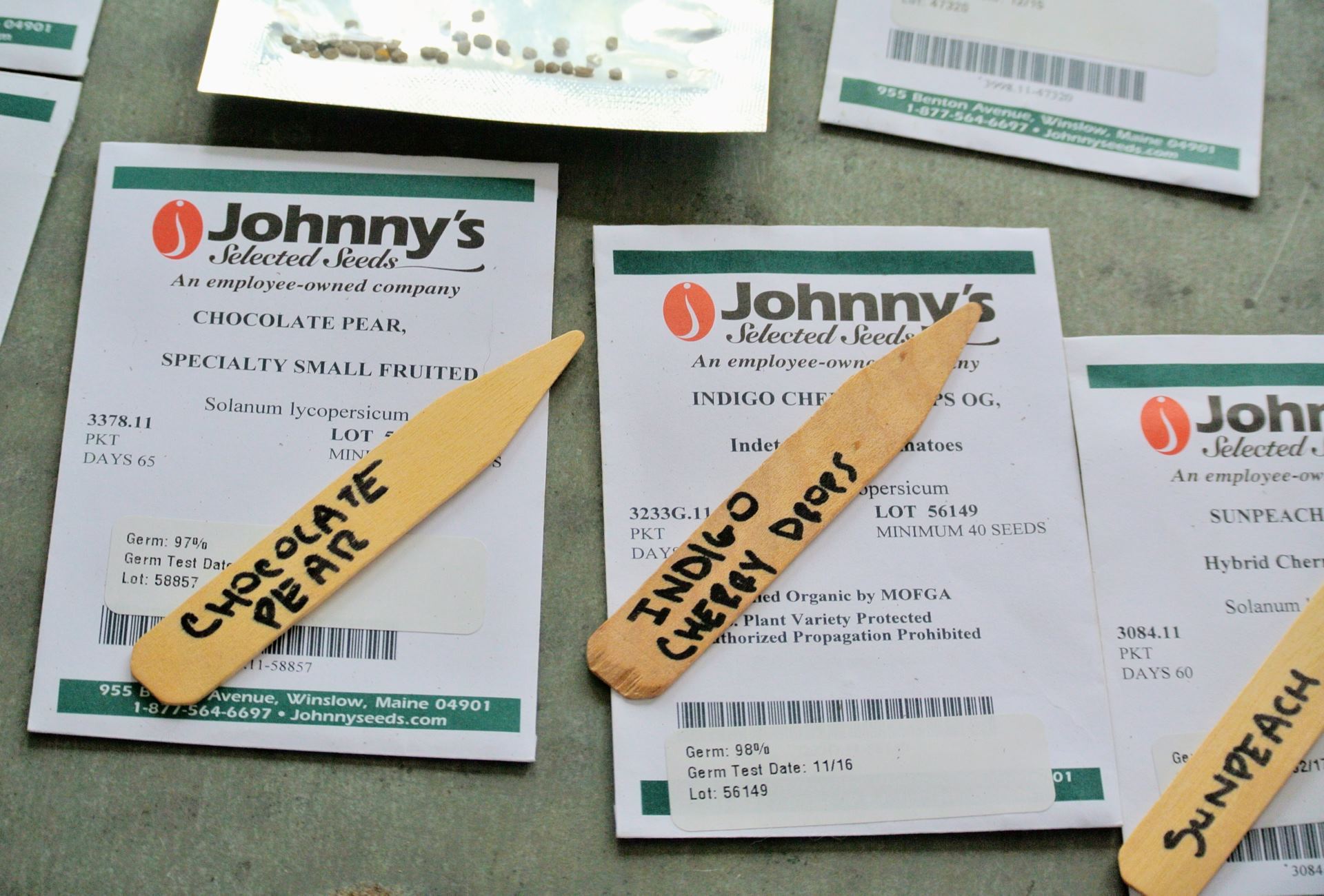
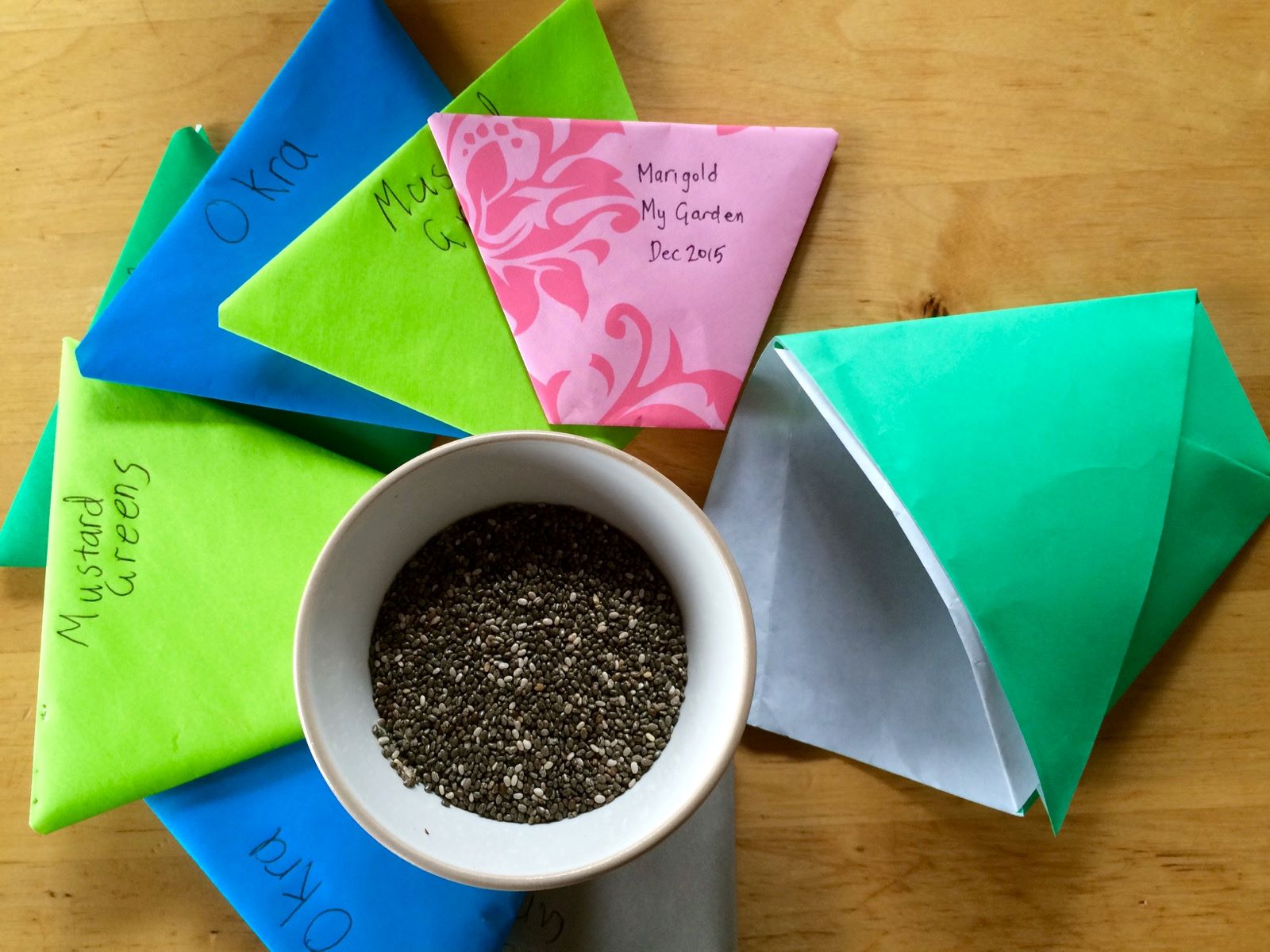
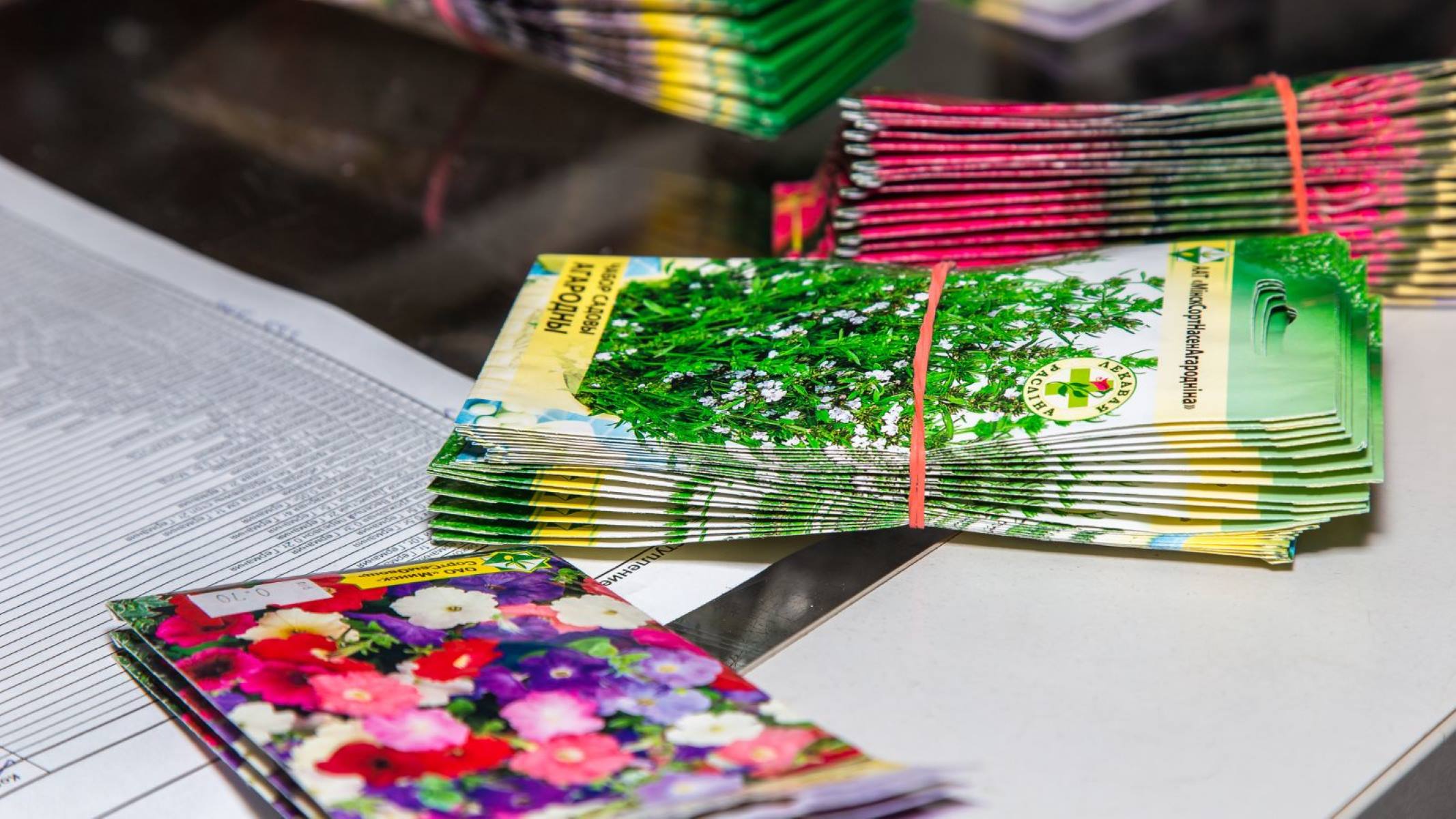
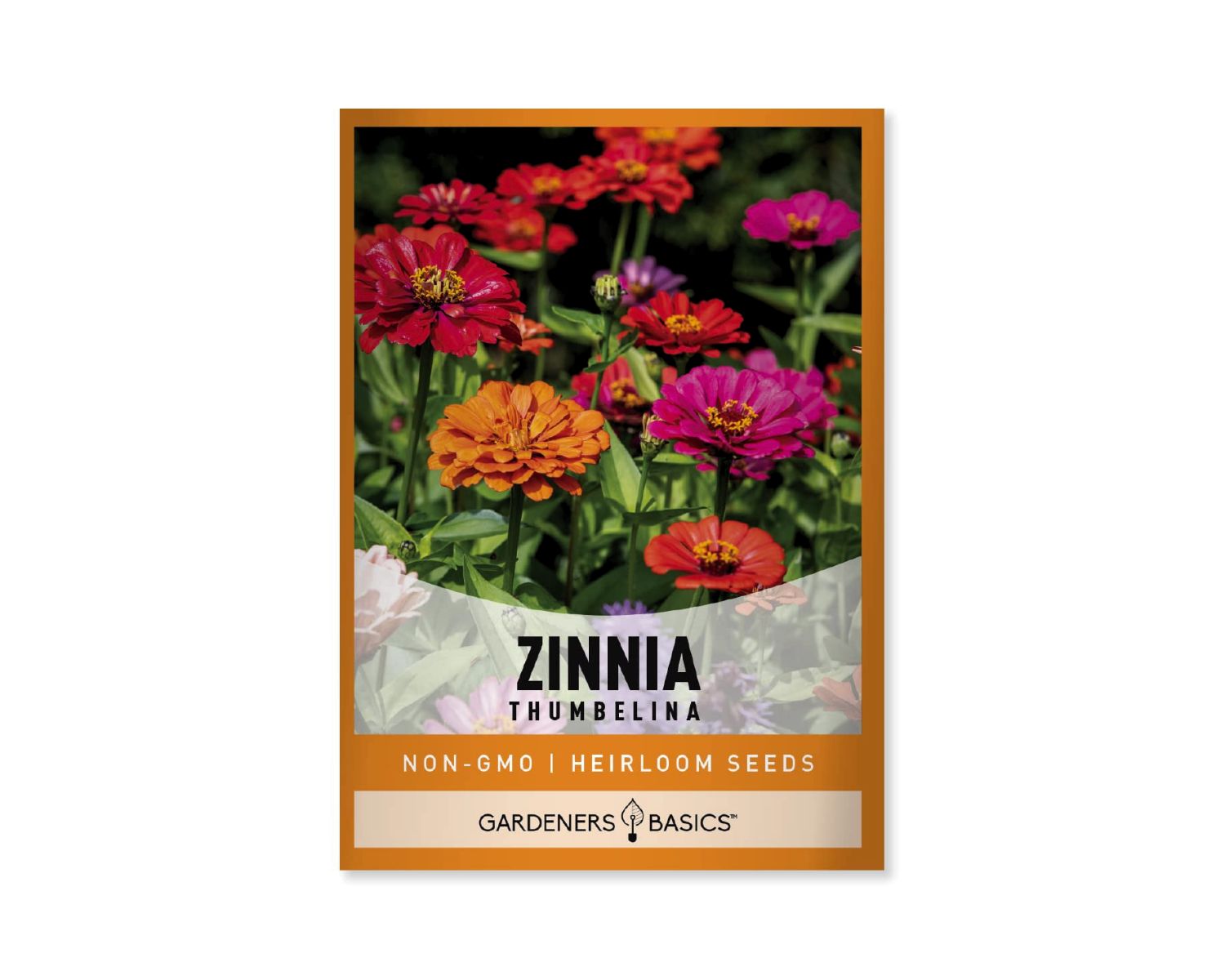
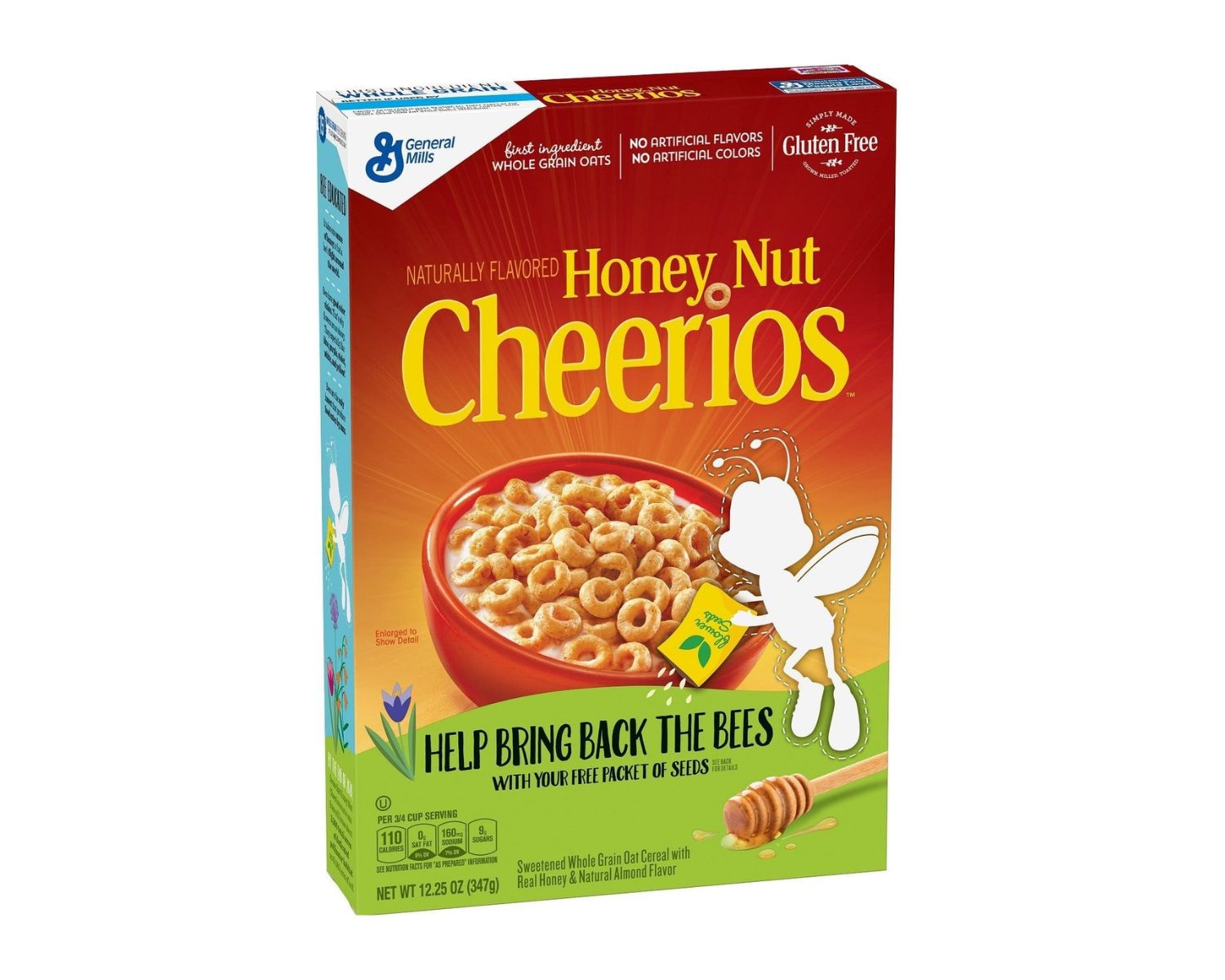
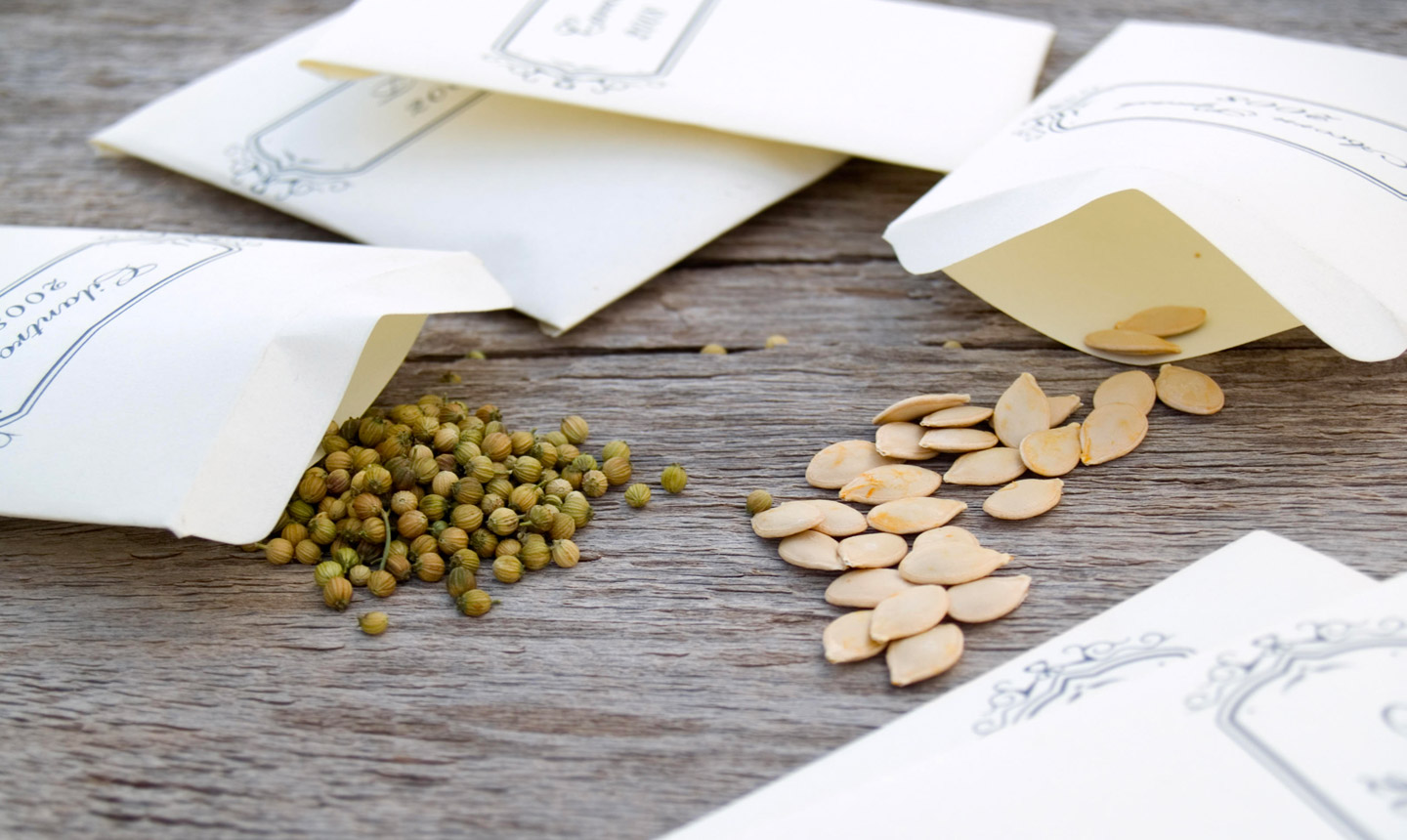
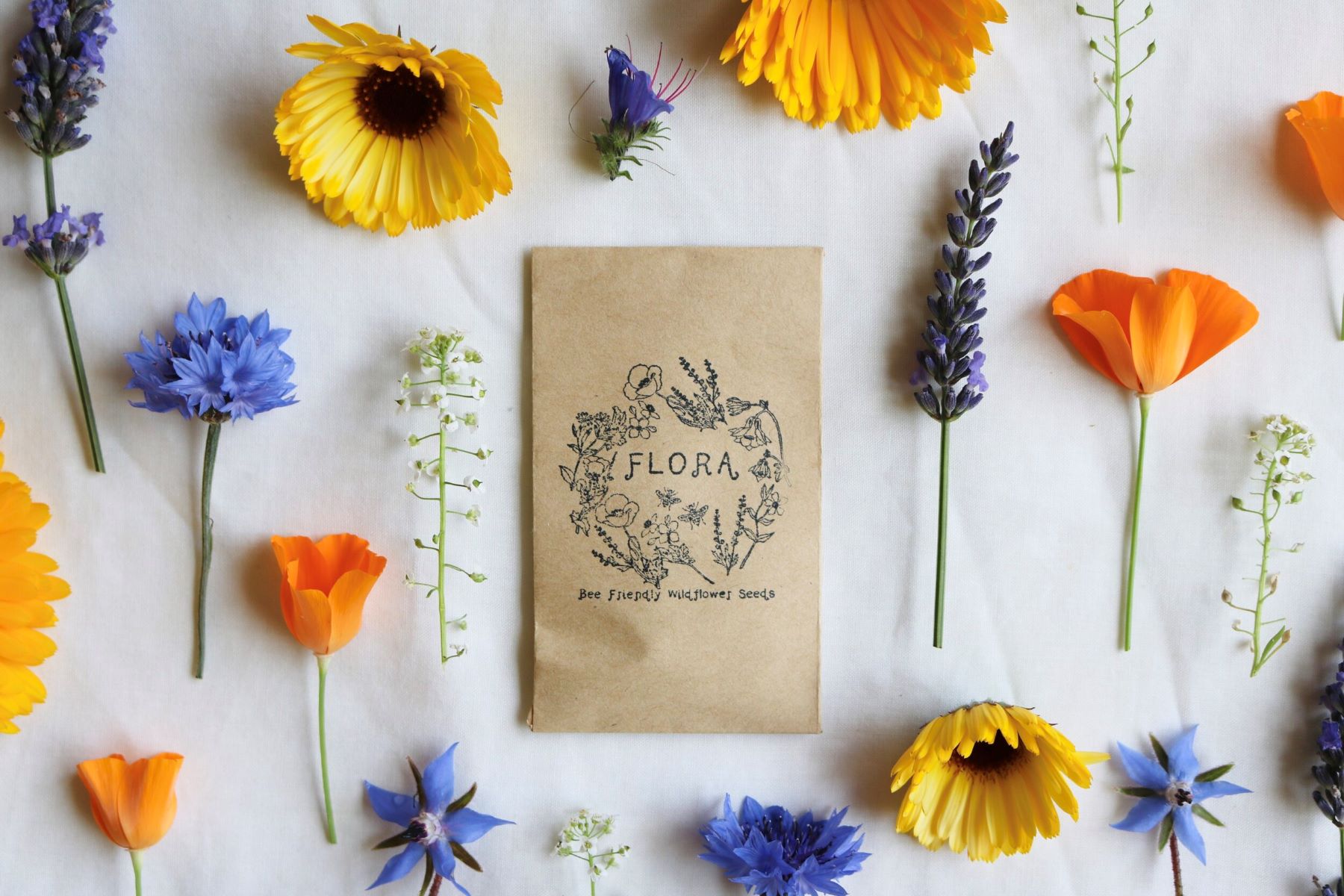
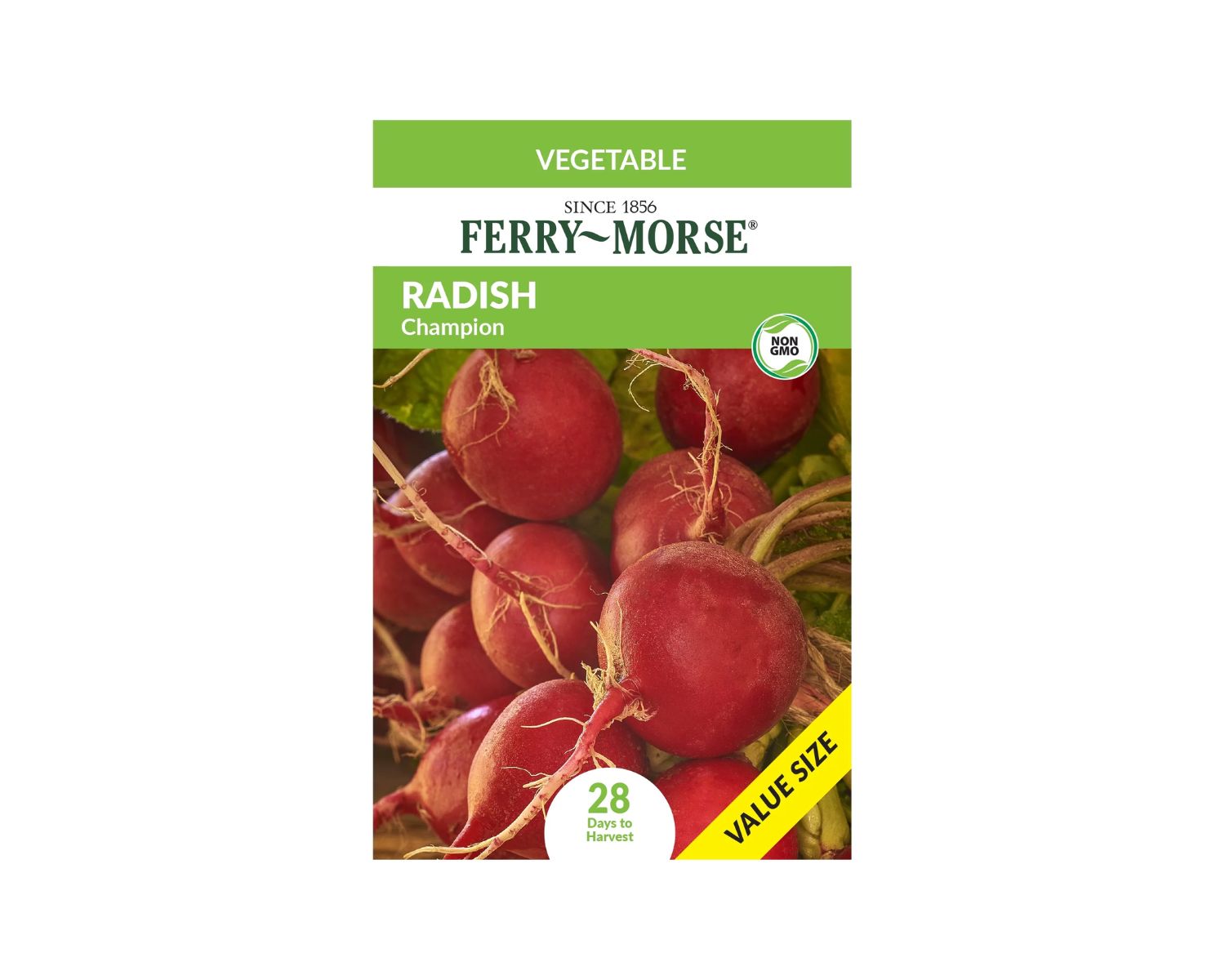
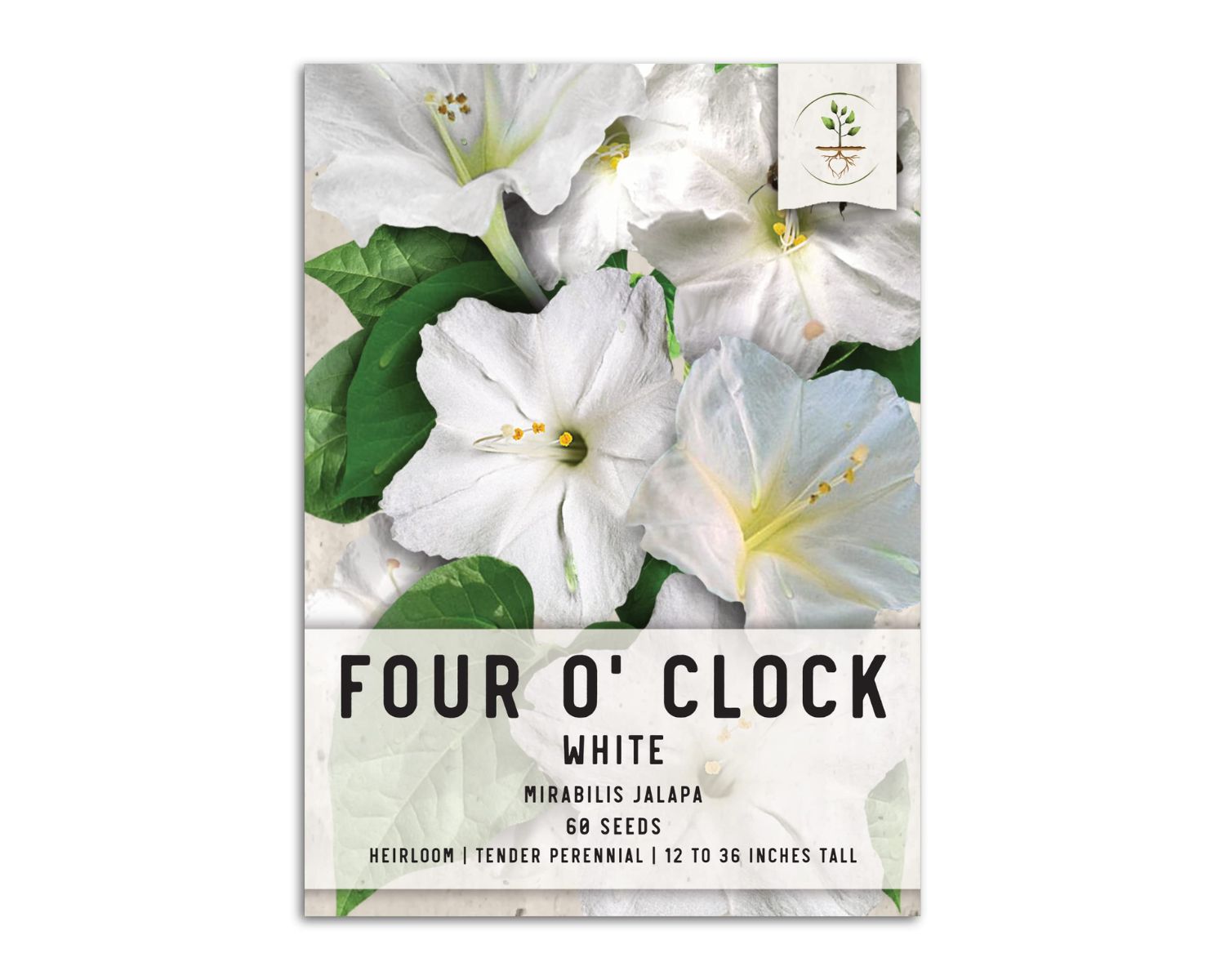
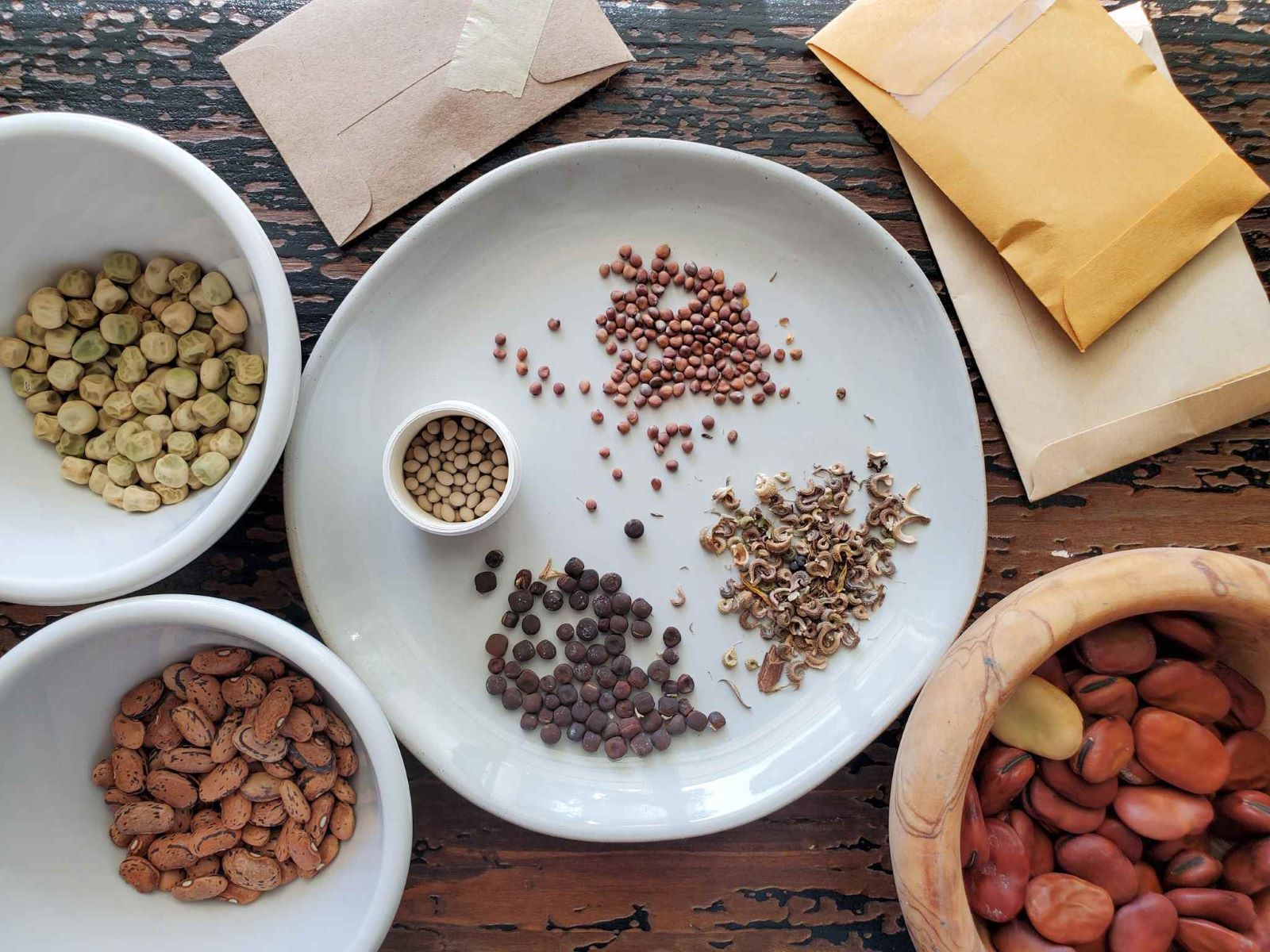
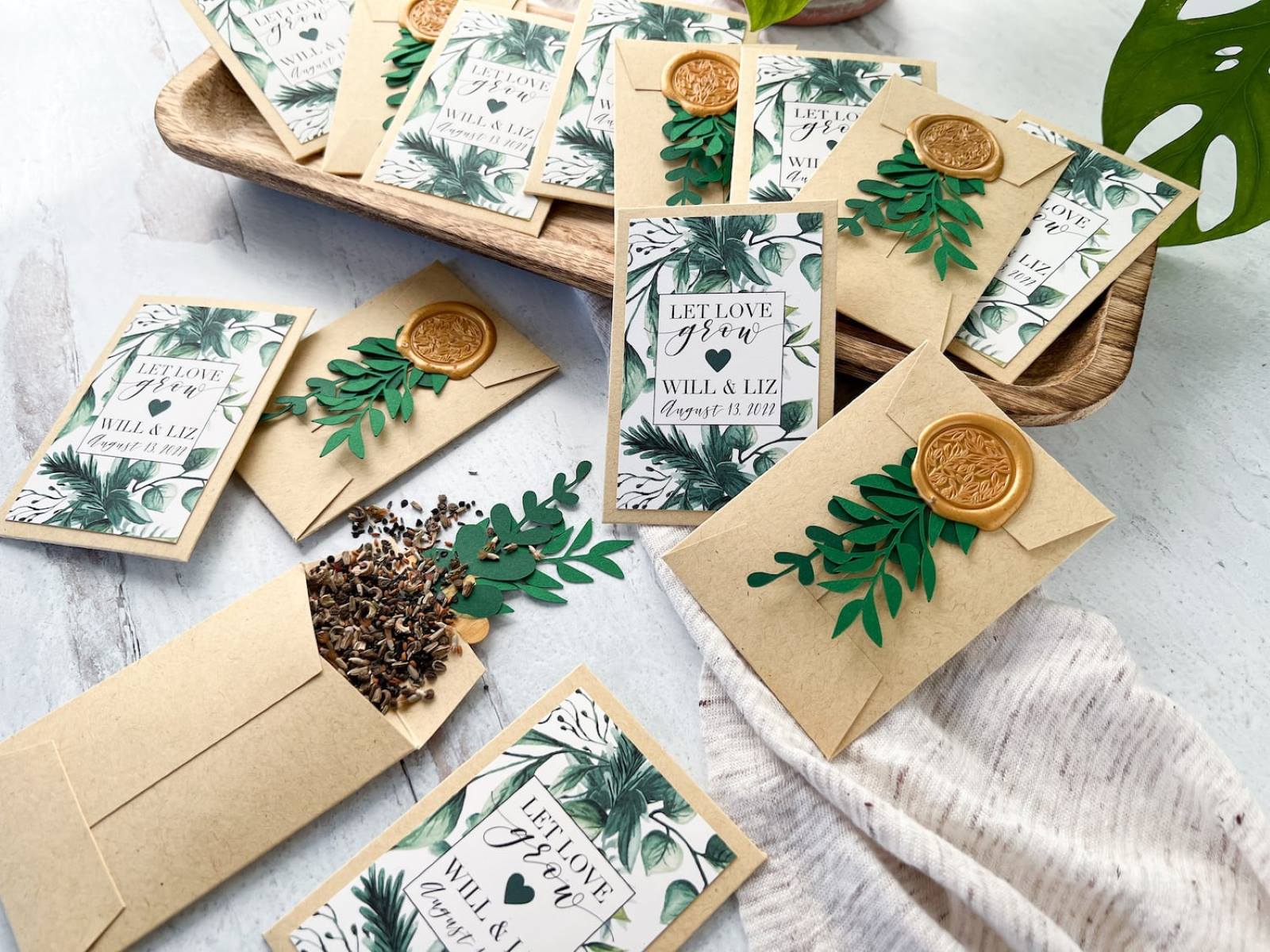
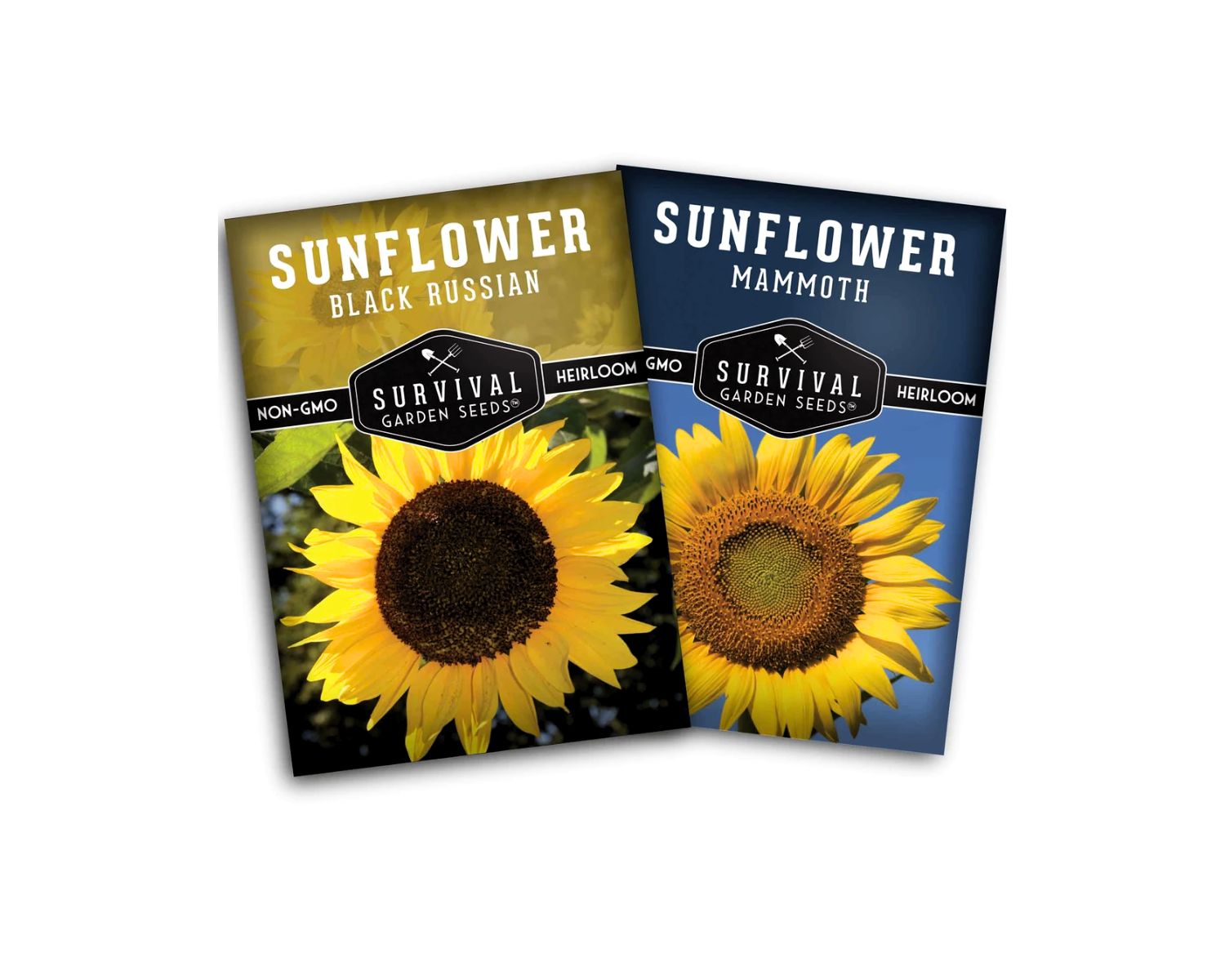
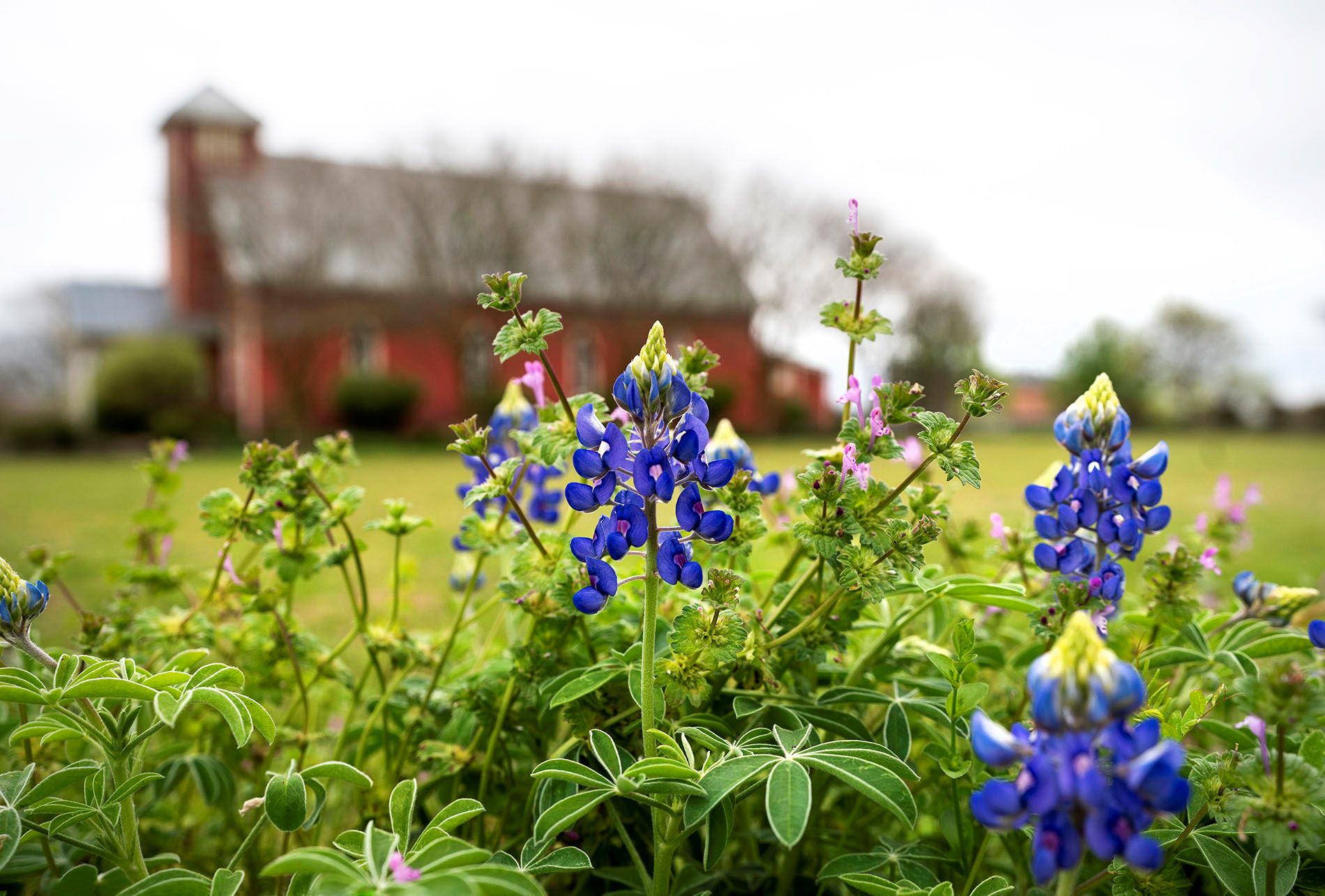

0 thoughts on “How To Store Seed Packets”